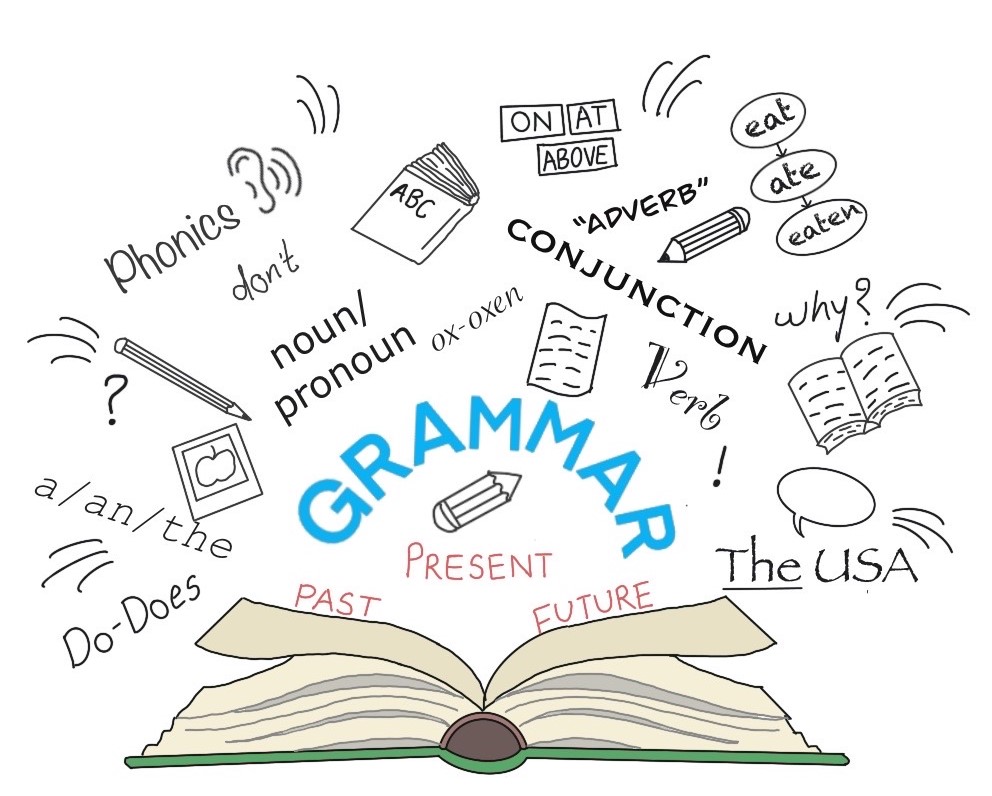Originally published in 2016
When teaching any language, it is a common practice to divide the contents into Listening, Speaking, Reading Comprehension, Writing, and Grammar. These correspond to the basic skills we are aiming for our students to acquire from the very beginning.
Depending on the class dynamics, some teachers tend to focus more on the spoken communicative approach which will for sure resolve our student’s immediate necessity to socially interact.
Learning how to introduce yourself, how to say basic classroom phrases, numbers and days of the week are some of the top chosen contents. Along with these, we also emphasize the importance of the adequacy of the speech. So, we differentiate and show how to adapt the language in an informal or formal situation when speaking to an older or a younger person or while being at school, at work, or at home.
But one question may arise: how does the context of spoken communication differ from the context of written communication, and how does this affect accuracy and fluency?
One may believe the context of written communication is more “tangible.” It means that structures and patterns can be spotted a bit more easily than in spoken communication, which is closer to an “abstract” world. When one can see and read words, sentences, and texts, it seems much simpler to connect them with cognitive operations: identifying the type of words, analyzing tenses, extracting passages, expressing an opinion, etc. When we read and write, the context seems to be broader and more affluent, and isolated parts start to make sense when joining them.

Spoken communication requires an additional skill, which is to be able to choose the appropriate piece of information among all those abstract concepts, and combine it in a way which makes sense. Our minds can recover learned information about vocabulary, collocations, types of words, tenses, etc., some quicker than others. This information is held in an imaginary “limbo” or “clipboard” in our brains. Once the information is recalled, it is finally transposed into the “cooked” result into a context with a specific communication intention.
Accuracy might be reached easier in written than in spoken communication. The writer may feel more confident with more time for mental reviews (even for quick reference checks) than the speaker. Fluency can be certainly equal for writing and speaking, or it can be disparate.
In this sense, we need to take into account which skills each one of us have: some people are more of a “writer type” while others are the “speaking type.” Some are both, and some are none.
Whichever type of learners we are or have in our classes, there is something which we need to pay attention to: in order for us to achieve a successful outcome in the previously mentioned mechanism of “building” our communication, we must be aware of how those are applied. This means being somehow able to explain why we are making our choices when using language. And this is when grammar becomes an essential factor in the learning process.
Of course, we are not always aware of how grammar rules are applied, or we are unable to explain or verbalize why we are using certain patterns or structure in some cases. That does not mean we are less proficient; it simply means that we probably have not had the chance yet to create a significant connection on that topic. Maybe we have never taken a minute to think about it; maybe we are just repeating it from what we read or heard or had explained.
Sometimes we do not give ourselves the possibility to think or analyze each aspect of our speech or writing, and we tend to do so with our students too.And this is when repetition of phrases or vocabulary “without a context” becomes a trend.
Maybe as educators we should start doing so; that way, we would be more conscious about our own communication skills and understand them better. And by allowing us so, we would be able to explain its functions better to our students.
Many things related to grammar just happen to be managed unknowingly. But it would be a nice change of strategy to finally take grammar as a foundation stone for our students’ later insights.
Read more articles on our Zealousness blog: Language & Linguistics – iN Education Inc. (ineducationonline.org)
References:
- “Speaking versus Writing | EnglishClub.” n.d. Www.englishclub.com. Accessed September 13, 2022. https://www.englishclub.com/esl-articles/200108.htm#:~:text=One%20important%20difference%20between%20speaking%20and%20writing%20is.
- Khatiwada, Padma. 2011. “Does Vocabulary Teaching Matter without Context?” Journal of NELTA 3 (1-2). https://www.academia.edu/903649/Does_Vocabulary_Teaching_Matter_Without_Context.























